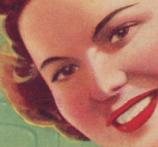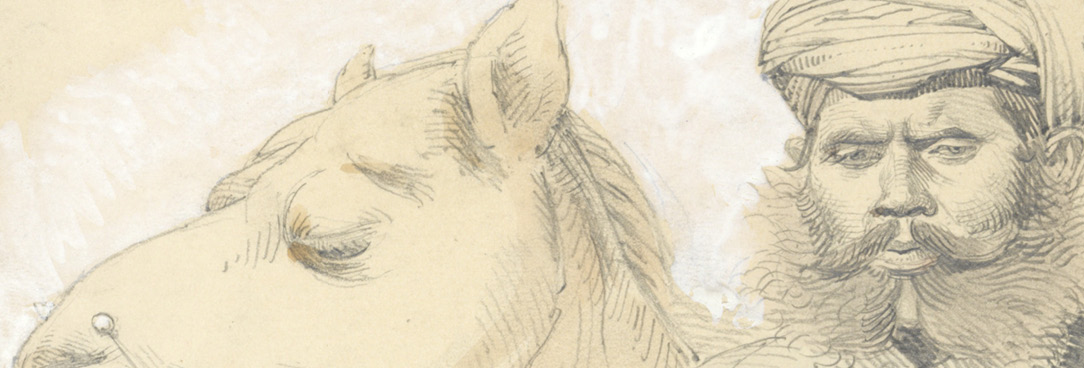Last updated:
Refereed articles

Reflections from four archival sites
Expand SummaryResearchers in the international field of insanity studies are familiar with the patient case files of psychiatric institutions – ‘insanity’s archive’ – and use these in a variety of ways to discuss the illness from a range of viewpoints, including epidemiological studies and social histories of mental health. Their deep engagement with the contents has brought to light the richness of the resources and the possibilities they offer for further research. What has been less studied is the nature of the archive itself. Using the records from four colonial psychiatric institutions in Australia and New Zealand between 1860 and 1914, this article excites new questions about the very meanings of the archive and argues that research in the field has much to gain from both trans-archival and trans-colonial inquiry.

A Tale of Arson, Bureaucracy and the Schoolyard
Expand SummaryThe discovery of damaged and burnt volumes in the Victoria University Archives led the authors on an investigation into the circumstances of a fire which occurred at the Footscray Technical School in 1953. Contemporary attitudes to fire protection in public schools, and life in Footscray, as revealed through records of the time, are also discussed with reference to the school.

In the past, patients in mental institutions or asylums were often estranged from their families. Next of kin were often listed as ‘unknown’. In this paper I show how it is possible to reclaim lost family histories by using primary records in the public domain.
Dolly Stainer was a long-time resident of Kew Cottages. By drawing on archival records frequently used by genealogists to add facts to their own family histories, I was able to discover aspects of the lives of her parents, siblings and grandparents. Many hours were spent scouring government and other sources for references to her family, each discovery offering a clue to further resources. Finally, my searches led me to a published diary of one of her grandfathers, which offered insights into her family that would not be found in official documents.
This paper shows not only how names and dates can be discovered from careful research in the archives, but also how these lost family stories can illustrate aspects of the social history of the day.

In 1916, Melbourne’s George Robertson published Our cookery book by Flora Pell. It was so popular that it remained in print until the 1950s and went into at least twenty-four editions. However its author, a long-serving employee of the Victorian Education Department, became a victim of departmental officiousness and was reprimanded and punished for showing initiative and skill. Our cookery book was also censured by the Women’s Christian Temperance Union (WCTU) as it contained recipes with alcohol, even though its author shared the same social and moral goals as the WCTU. The vexed history of Our cookery book, which brought to an end the thirty-five-year teaching career of Miss Pell, is documented in the correspondence, memos and departmental marginalia of a Public Record Office Victoria (PROV) file that is deceptively named ‘Red Cross Special case’.
Forum articles

A Life of Crime
Expand SummaryThis short piece looks at the life of a murderer, George Blunderfield (alias Arthur Oldring), who was hanged in Melbourne in 1918. Melburnians, or visitors to the city, may have seen his image on the wall at the Old Melbourne Gaol. Blunderfield’s life started out normally enough, and then descended into horrific crime. His story includes bicycle racing, escape from an island prison, and then recruitment for service with the Australian Imperial Forces in wartime Victoria. In the last years of his life, Blunderfield wreaked havoc from the western to the eastern coasts of Australia. This in turn had a dramatic effect on his immediate family, which is also detailed here. This story draws on the archives at PROV as well as on State Records Office of Western Australia material, with help from Ms Jean Bellamy, a distant relative of George Blunderfield.

Piecing Together Evidence for a Story of Loss and Absence
Expand SummaryWhen a World War I veteran, who has been blinded in one eye on the battlefields of France, drives his car into a tram, he is killed. He leaves behind a wife and three daughters. It is 1937. Tragically, less than four years later the girls’ mother dies from a mysterious illness, and the girls are boarded in a succession of houses hundreds of kilometres away, disconnected from their past. More than sixty years go by, and the youngest daughter is handed a shoebox containing documents that fill in some of the pieces of her story. This sets in train a journey of discovery that is at once geographical and emotional. After locating inquest documents at PROV, the woman’s daughter makes an interactive online documentary about the shoebox, and an online audio dramatisation of the car accident as a pivotal event in her mother’s life. The present article describes the process of unlocking the evidence, both personal and archival, to produce this work.

This paper looks at the involvement of Victoria Police, from 1893 to 1908, in registering and supervising women who came under the control of the Infant Life Protection Act of 1890. The Act was established to regulate ‘baby farming’, a system in which single mothers would pay other women to look after their infants, while they themselves went back to work to earn enough income for both to live on. It points the researcher to a collection of relatively unknown and previously untapped sources, which provide intimate detail of the lives of working-class women who became ‘nurses’ and of the mothers who used their services.

Melbourne's Nineteenth Century Commercial Terraces
Expand SummaryMelbourne is one of the world’s best-preserved Victorian cities, with a wide variety of nineteenth-century buildings. Common but frequently ignored in architectural surveys are the two-storey commercial terraces that line the shopping strips, particularly of the inner suburbs. These buildings, which contribute a great deal to the character of the city, well repay investigation.
The present article discusses the structure and decoration of a range of commercial terraces, from the earliest examples in the 1850s with a Georgian character to those of the Boom period of the 1880s that feature extravagant stuccoed façades. Original records at PROV, newspaper advertisements, commissioned histories of inner-city suburbs, and secondary sources have all been drawn on to help identify who the builders and tenants were, and whether the premises were financially viable. The brief overview presented here is intended to raise awareness about this interesting, often neglected feature of our city, and offers suggestions for further areas of research.

The story of the camels that survived the expeditions of Burke and Wills is not well known. What happened to these surviving camels? Donna Bourke became intrigued by the story after discovering there was a link to the Longerenong Homestead in the Wimmera that she had purchased with Ian Pausacker.
Material in the Public Record Office Victoria archival collection contains words and descriptions that reflect attitudes and government policies at different times which may be insensitive and upsetting
Aboriginal and Torres Strait Islander Peoples should be aware the collection and website may contain images, voices and names of deceased persons.
PROV provides advice to researchers wishing to access, publish or re-use records about Aboriginal Peoples
